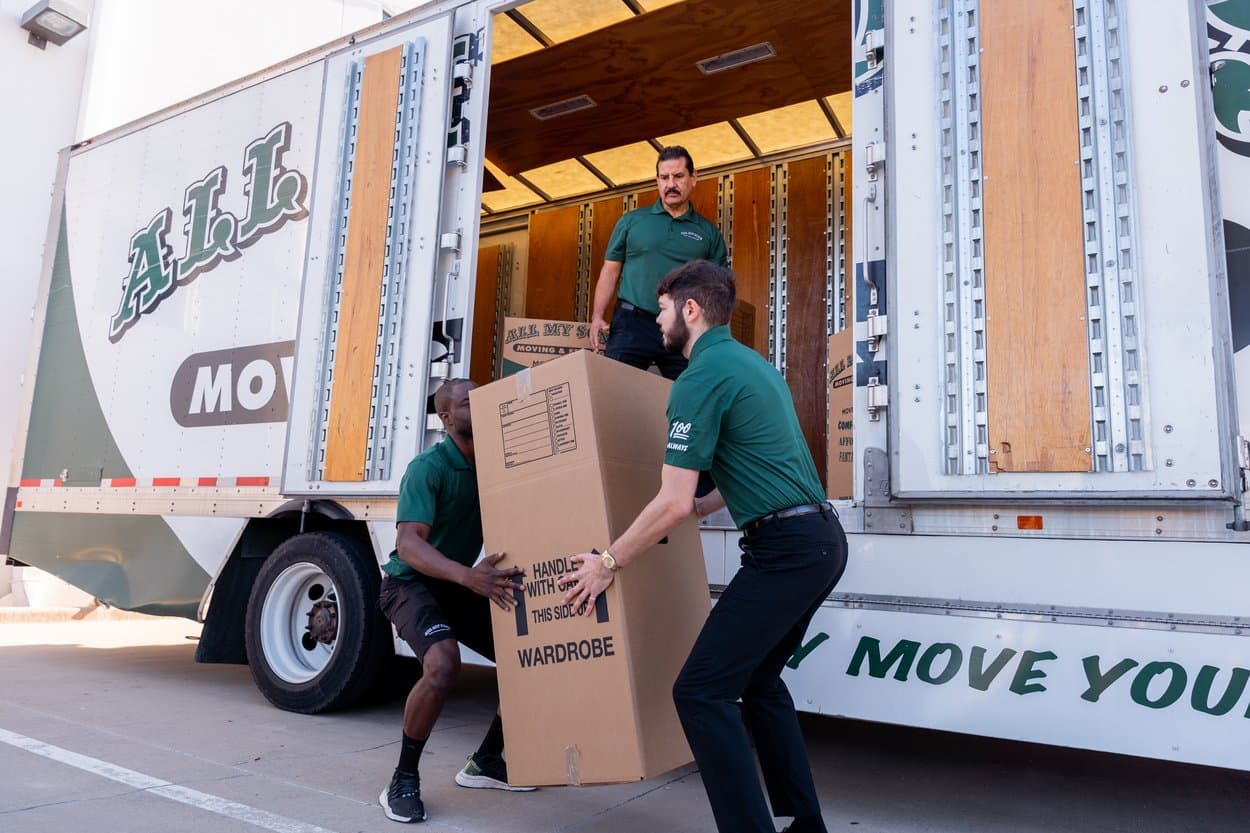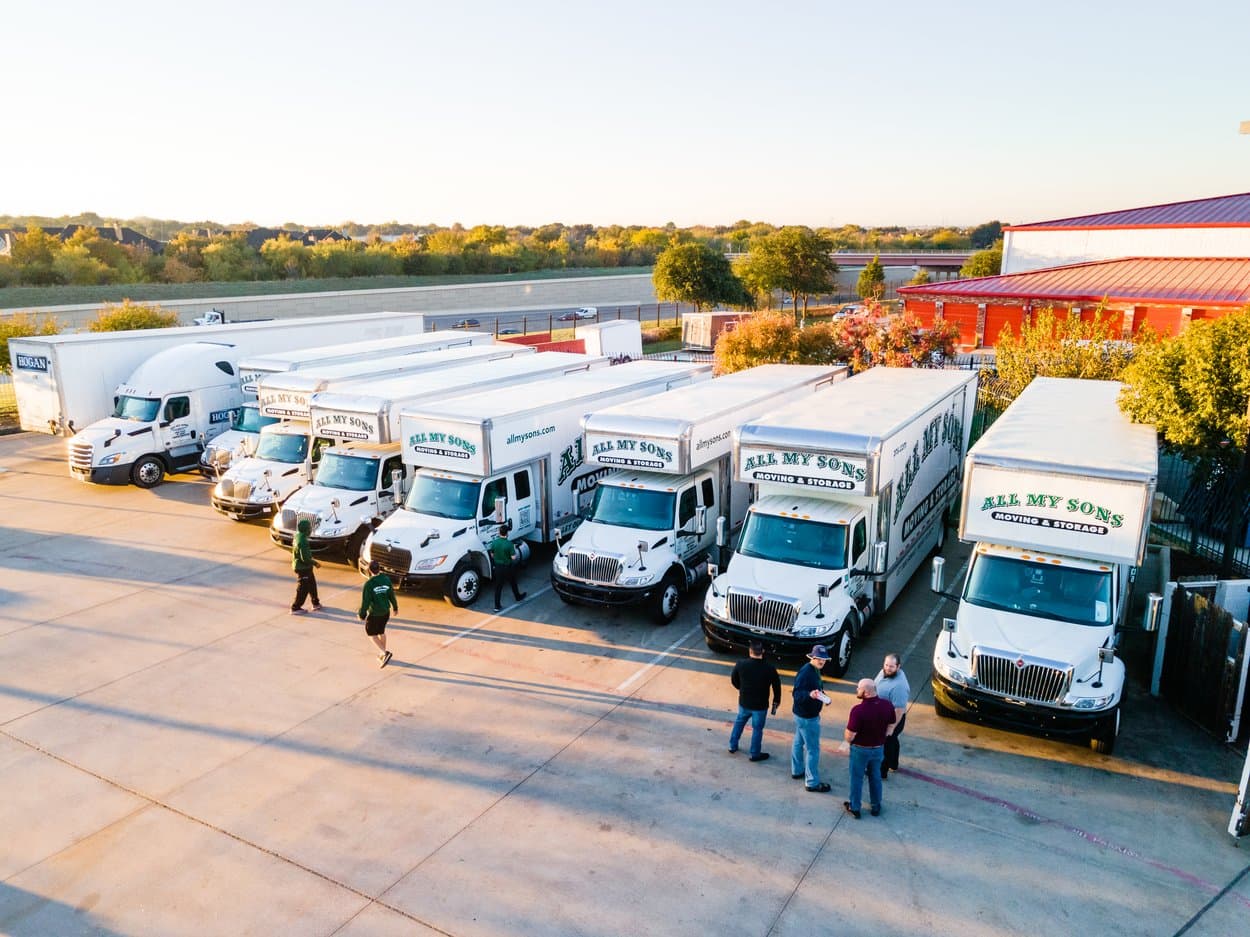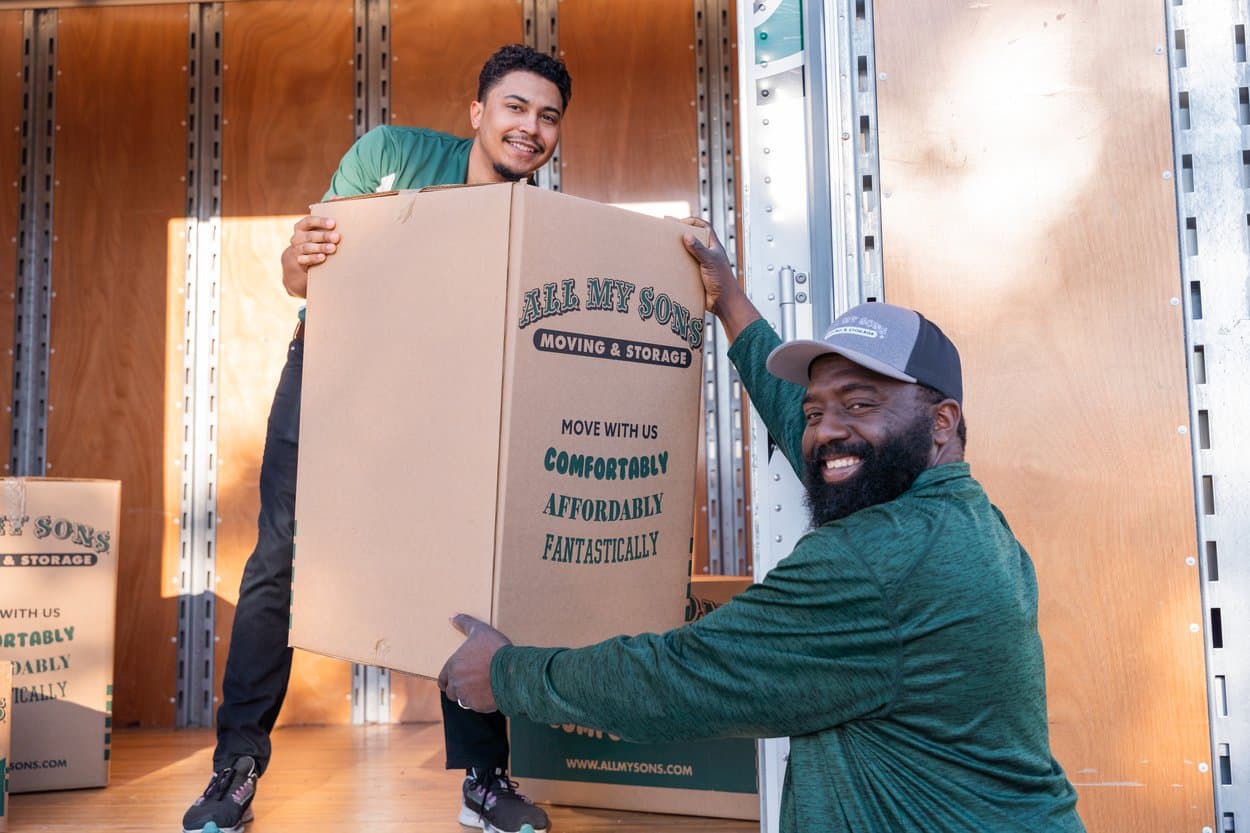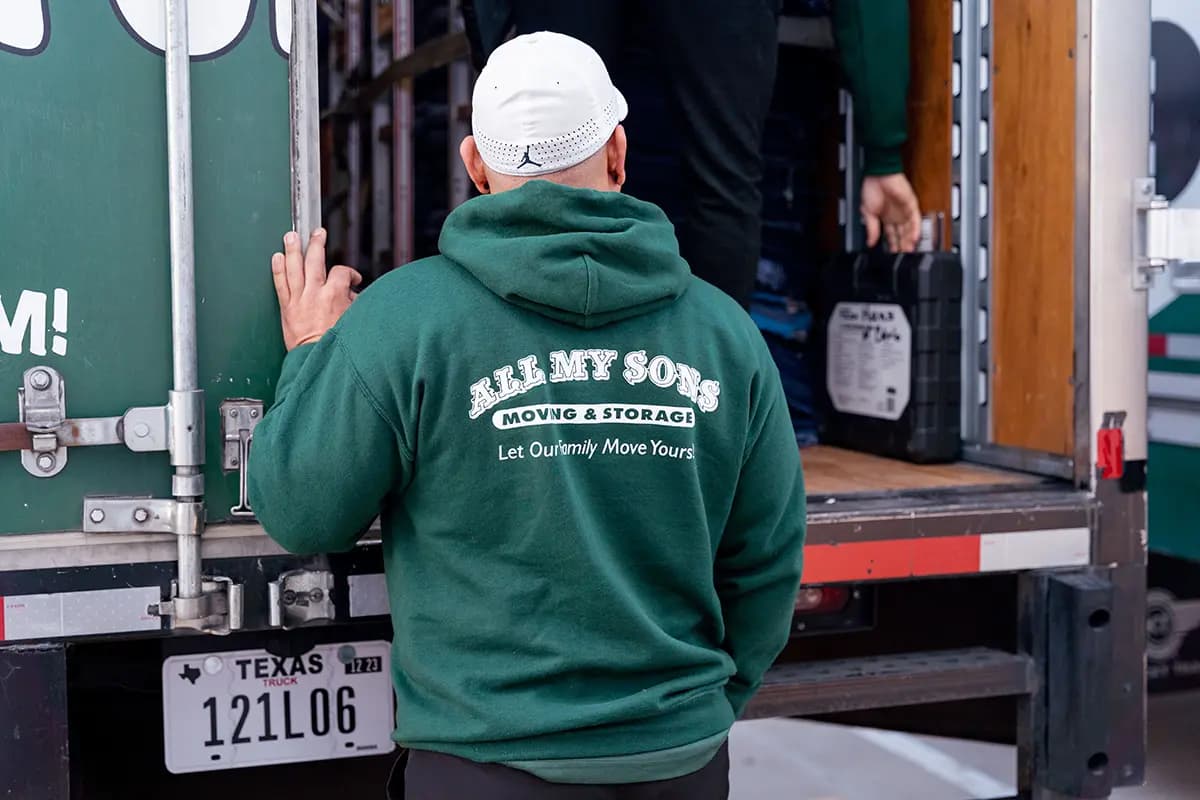Breakfast Needs Packing
Get packing advice for how to pack perishable food from the expert packers at All My Sons Moving & Storage.
Most moving companies will not move perishable food. This includes frozen goods, fruits, vegetables, and sometimes pantry goods. Food will likely spoil in the back of a hot moving truck, or it could attract pests.
If you have a move planned then you need to either clear the fridge, freezer, and pantry or make a contingency plan to move the food yourself.
Looking to save money during your local move and want to avoid the dreaded post-move grocery bill? For short moves, grabbing some items from your fridge could be a smart choice. Here’s how to move perishable food yourself:
Step 1: Consider Your Move Distance and the Outside Temperature
According to the U.S. Department of Agriculture, two hours is the maximum amount of time refrigerated or frozen goods can safely sit outside their temperature-controlled environment. If the temperature outside is higher than 90 °F, that time gets slashed in half—one hour is the limit. Once your food has been out past the limit, the chances of bacteria growth escalate, which will make your perishable food unsafe to consume.
An additional thing for you to consider: Does your new home have a fridge and freezer waiting for you or are you moving those appliances in your moving truck? If your new home comes equipped with these appliances, you will be able to move your perishable food back into a temperature-regulated environment immediately. If you need to set up and install your own appliances when you reach your destination, then moving your food might not work out.
Moving long-distance? Attempting to move perishable food yourself is not recommended.
Moving local? If it takes less than two hours to reach your destination and the outside temperature is not too high, you might be able to move some perishable food items safely.
Step 2: Throw Out Expired or Spoiled Food Items
Go through your fridge and freezer and throw out anything that is past its expiration date or showing signs of spoilage. If you have food items you do not use often that are approaching their expiration date, give them away to family, friends, or a charity if they are unopened. If you cannot give them away or use them before they expire, discard them now.
Step 3: Use Up What You Can
Evaluate the items in your fridge. Some of them are harder to move than others. Things like fresh fruits, vegetables, or eggs might be best used up now. Other items like frozen meals or condiments might be able to make the move safely, provided again your move is less than 1-2 hours away and you will have a fridge or freezer waiting for them.
In the weeks leading up to your move, cut back on grocery shopping and focus on using up the fresh ingredients that will be more difficult to move.
You can try out a zero-food-waste app or website like Supercook, My Fridge Food, or Recipe Radar if you need help coming up with recipes.
Unopened items you are not able to consume you should donate to a local food pantry or other nonprofit. Opened items and other leftovers can be given to family, friends, or neighbors if you do not want to waste them. Otherwise, discard what cannot be moved with you.
Step 4: Pack Food into Insulated Bags or Coolers
Remember, this part is all on you. Movers will not pack or transport perishable food.
Get some insulated grocery bags or a cooler. Ice packs are also a good investment. Pack your heaviest perishable food items, that big frozen lasagna for example, at the bottom of your bag or cooler. Keep any leftovers you’re taking in tightly sealed containers. If you notice a container is damaged or leaking, transfer the contents to an undamaged container or throw the food away. Add the ice packs or some sealed bags of ice to help keep the food cool and put the coolers or insulated bags in your own vehicle where they are not likely to jostle around or spill.
Step 5: Pack and Unpack Perishable Food with Essentials
Your perishable food should be transported with your essentials and emergencies stash. These items you pack last, transport yourself in your own vehicle, and unload first thing when you reach your destination.
If you are transporting goods from your fridge or freezer, these should be the first items you put away when you get to your new home.
Meals for the New Home are Ready
With some food items in the fridge, dinner at your new place on move day could be feasible. You’ll save some money on take-out and post-move groceries. Bon appétit!
All My Sons Moving & Storage might not transport or pack perishable food, but our team can definitely handle all the heavy lifting for your next move. Whether you’re moving local or long-distance, All My Sons Moving & Storage can offer everything you need to complete your move from professional packing services to storage solutions. Call 1-866-726-1579 to reach one of our 90+ locations across the U.S. or get started with an online quote.
Quick Moving Tips

How to Pack Clothes for a Move
All My Sons Moving & Storage provides professional packing services and has some special tips for packing your clothing for moving.

How to Make a Seamless Business Move
Tips for pulling off your business move from the experts in commercial moving services at All My Sons Moving & Storage.

How to Pack a Computer for a Move
Here are 5 steps that should help you get your computer secured for the move.


